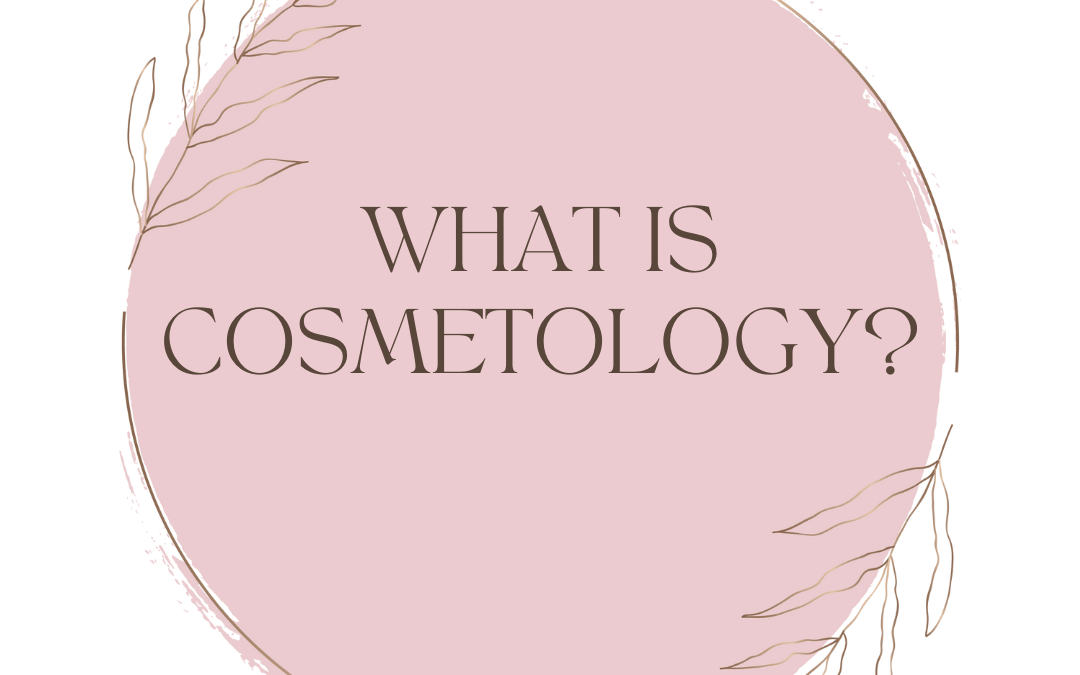What is Cosmetology? Cosmetology is the study and application of beauty treatments. It covers a wide range of services related to personal care and grooming, including hair cutting, coloring, and styling; skincare and facials; makeup application; and nail care, such as manicures and pedicures.
Cosmetologists, who are professionals in this field, often work in salons, spas, and sometimes in clients’ homes. They may also be involved in other areas of beauty, such as product development or consulting. The field combines technical skills with creativity, aiming to enhance clients’ appearance and confidence.
The History of Cosmetology?
The history of cosmetology spans thousands of years and reflects the evolving standards of beauty and personal care across different cultures. Here’s a brief overview:
Ancient Civilizations
- Egyptians (circa 4000 BCE): Egyptians were pioneers in beauty practices, using natural ingredients like honey, oils, and minerals. They are known for their elaborate hairstyles, eye makeup (including the iconic kohl eyeliner), and perfumes.
- Greeks and Romans: The Greeks and Romans valued cleanliness and grooming. They used olive oil as a moisturizer and hair treatment and introduced the use of tools like tweezers and razors. Roman baths also became social centers for beauty and health.
Middle Ages
- Medieval Europe: Beauty practices were less prominent during the Middle Ages due to the emphasis on modesty and religious values. However, herbal remedies and natural treatments for skin and hair were still in use.
Renaissance to 18th Century
- Renaissance (14th-17th Century): The Renaissance period saw a revival of beauty practices with an emphasis on elaborate hairstyles and makeup. Women used a variety of beauty products, including creams and powders made from natural ingredients.
- 18th Century: The use of wigs became popular, particularly among men and women of the upper classes. Makeup became more sophisticated, with the introduction of products like rouge and lip colors.
19th Century
- Victorian Era: During this time, beauty practices became more restrained, with a focus on a natural look. However, cosmetic products, including face powders and creams, became more widely available.
20th Century
- Early 1900s: The early 20th century marked significant changes in cosmetology with the introduction of modern cosmetics. Companies like Max Factor and Revlon began producing commercial beauty products. The 1920s flapper era popularized shorter hairstyles and bold makeup.
- Post-World War II: The post-war era saw the rise of iconic beauty standards influenced by celebrities and the growth of the beauty industry. The 1950s and 1960s introduced more diverse styles and products.
- Late 20th Century: The beauty industry continued to innovate with new products, technologies, and trends. The rise of media and advertising played a crucial role in shaping beauty standards.
21st Century
- Modern Era: Today, cosmetology is a diverse field encompassing not just traditional beauty treatments but also advancements in skincare technology, such as laser treatments and personalized skincare solutions. The industry has become more inclusive, with a focus on embracing diverse beauty standards and promoting self-expression. Sustainable and cruelty-free products are also gaining popularity.
Throughout its history, cosmetology has evolved with cultural shifts, technological advancements, and changing standards of beauty, reflecting the ways in which personal care and appearance are valued in different societies.

